New moms can easily become overwhelmed with all the breast pumps available and their terminology. We want to help break things down and guide you in finding the best pump to help you through your breastfeeding journey.
It’s always helpful to get advice and suggestions from a friend or family member with experience in breastfeeding. Still, the main factors in determining which type of pump is best for you will depend on you and your baby's needs.
Let’s go over some of the basics of breast pumps so that you can decide which type of pump will serve you and your baby the best.
Types of Breast pumps
There are 5 main types of breast pumps on the market, and they all serve different purposes for breastfeeding women. Again, it’s not that one is necessarily “better” or “worse” than the next one. It's simply that they each serve different purposes and are designed for different amounts of use to make sure you are able to keep up your milk production and keep that liquid gold flowing through your baby's body!
Manual Pump
The manual pump is small, inexpensive, easy to carry with you wherever you are, and one of the best tools to keep on hand in case of an emergency situation when you need to be able to pump.
These are designed for occasional use and are easy to use in the early days of breastfeeding when you might be struggling with some engorgement. The manual breast pump can also be a lifesaver if you are in a place with no electricity, your other pump isn’t working properly, or you are on a road trip and not somewhere you can set up a larger machine.
Battery-Operated Pump
If you are only going to be away from your baby for a few hours here and there, a battery-operated breast pump might be the best option for you to purchase. These can be double or single pumps and use a battery or rechargeable battery to operate. These aren’t quite as powerful as their regular electric counterparts, but that’s why they are recommended for less use throughout the day.
These options are typically a little bit cheaper than a regular electric pump but are also a little bit smaller and easier to carry around from place to place. You also don’t have to worry about finding somewhere to plug in your pump with this option as long as your batteries are charged and ready to go. If your baby is going through a growth spurt, you will want to keep that in mind in case you need to carry some extra batteries!
Electric Pump
Electric breast pumps are probably the most popular option for breastfeeding moms, and you can get most of the basic models covered by insurance companies under the Affordable Care Act. These are designed for working moms who will be away from their babies for more than 8 hours a day and need about three pumping sessions during that time. With the cost of a breast pump being a larger investment for a new mother, it's important to find a good pump to help your new baby get the breast milk they need.
These have more modes and options than the others we have gone over up to this point but also come with a slightly higher price tag. Many styles have different settings you can work with, including a let-down reflex to help get the milk ready to be “let down” and a variety of modes regarding suction strength that most closely resembles your baby's nursing as far as milk release. The double electric breast pump is typically known as the best breast pump for working moms because of its ability to get the most milk in the shortest amount of time with each pumping session.
Please keep in mind that not all electric pumps are of the same quality or functionality, as they have the widest range of styles and motors.
In-Bra Pumps
In-Bra breast pumps are beginning to catch a lot of attention from moms on their breastfeeding journeys. With the ability to find directly into your pumping bra, you aren’t confined to having to stay in one place while you’re pumping. If you will be spending quite a bit of time pumping, it is recommended to go with a double breast in-bra pump.
This style of breast pump offers different levels of suction, and some even have different modes that mimic either stimulation or expression, whichever you are needing in the moment. Most styles are also very quiet and discreet, giving you a great option for pumping in public settings or when you need to hop onto a Zoom call for work.
Different models will vary, but for the most part, these are more slimmed-down styles with no tubes, cords, or wires. Not all styles will be covered by insurance, but should definitely be an option to keep in mind when searing for your breast pump.
Hospital-Grade Pump
Hospital Grade Pumps are exactly as the name implies and can be very expensive for the typical breastfeeding mom. These are usually only needed by moms who need to exclusively pump, whether because of premature babies that can’t yet breastfeed or are having trouble getting their milk supply established.
If a new mom needs this level of pump, you can often rent them from a hospital or your local WIC office if you qualify and save yourself the expense of something you will likely only need for a short amount of time. These breast pumps are the only multi-user pumps on the market and are the only ones that should ever be shared by more than one person to prevent any cross-contamination.
Sadly, hospital-grade pumps aren’t a regulated item, so just because you see that term next to a breast pump, you will definitely want to do your research before purchasing one from anywhere outside of a regulated facility.
Breast pump Terminology
Now that we know about the types of breast pumps available let's go over some of the terminologies you will read about when deciding which one will work the best for you.
Flange (also known as a breast shield)-is the cover that goes over the breast to create a seal
Tubing-used with some breast pumps carries air to create negative pressure in the flange (if you have a closed system pump, there are backflow protectors in place to keep milk out of tubing)
Valve/Duct Valve-Small parts that are flexible and stretch and release as the pump works to create suction (an alternative to these would be membranes that fit between the flange and the collection container and can be essential for suction)
Open-System- means that no matter how much cleaning or sanitizing you do between pumps, there will still be milk in the pump, and it can cause a bacterial contamination issue if used by more than one person. These are also sometimes referred to as single user pumps.
Closed-System-Pumps that have a bacterial barrier installed to avoid any kind of contamination between users.
No matter if you choose a hand pump, a battery-operated pump, a double electric pump, or you need to use a hospital-grade pump, you will want to make sure you clean all of the pump parts in between pumping sessions. Some pump styles allow you to store all of the pump parts in the fridge between pumping, but you will need to read your instruction manuals to know the best way to keep your pump clean so it can continue to run efficiently.
If you have further questions regarding the best pump for you, we encourage you to reach out to a lactation consultant or primary care provider, as they have knowledge and resources that can be very helpful. You can also check out these tips from the Centers for Disease Control on keeping your breast pump clean.
We hope you found this article to be helpful as you determine which breast pump will be most efficient to meet your baby's needs and set you up for a successful breastfeeding journey. Once you find the perfect breast pump, we encourage you to look at our nursing bras for the perfect combination!

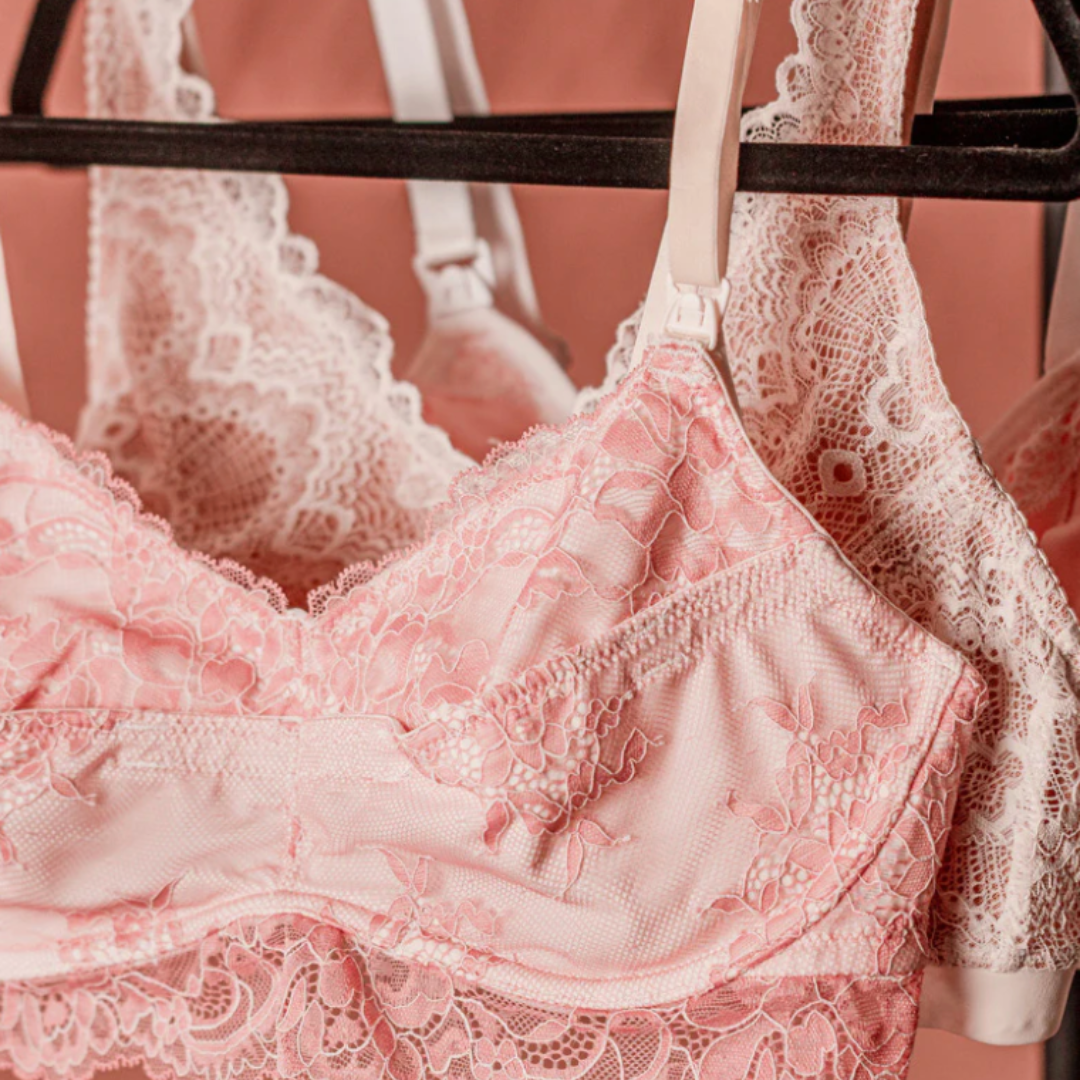
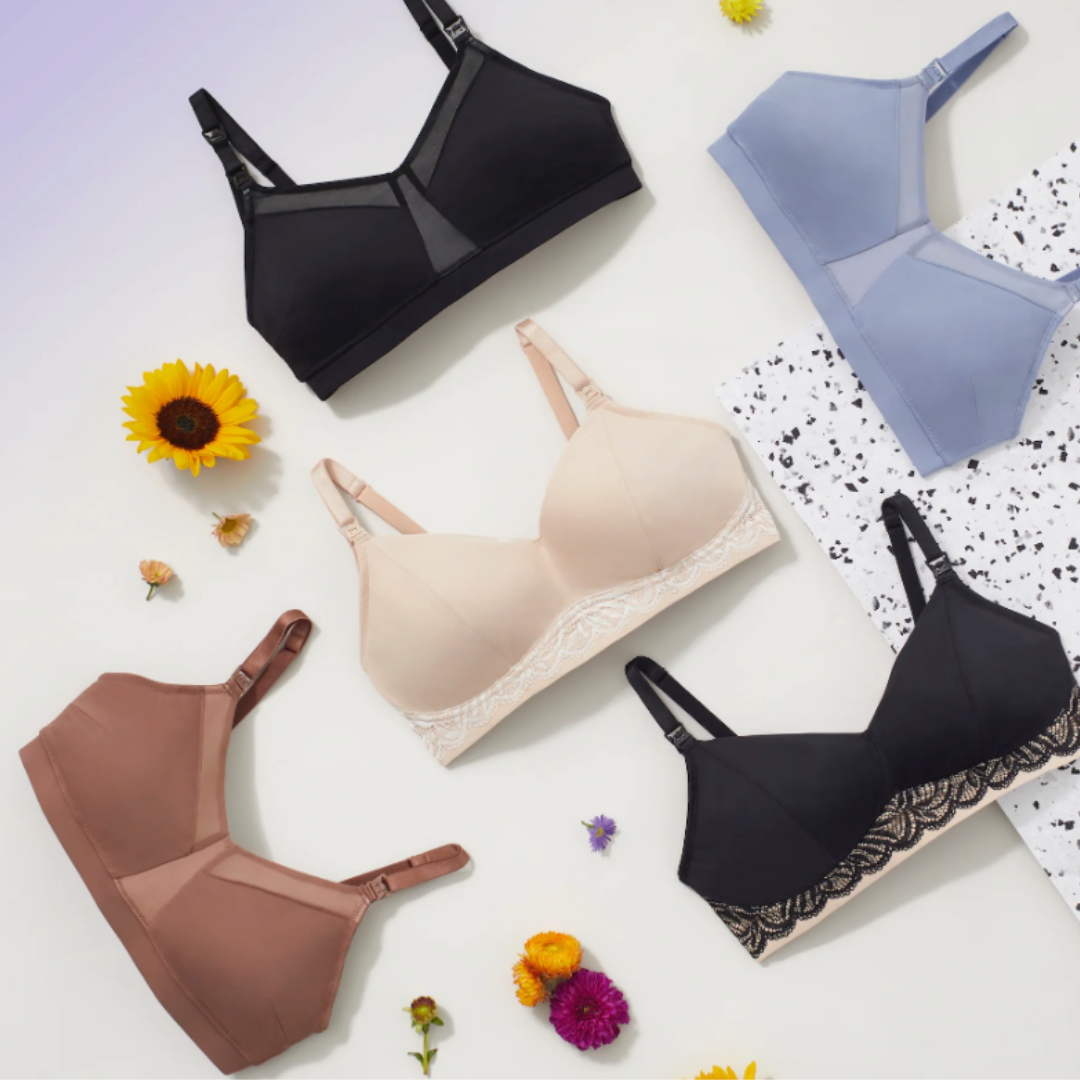
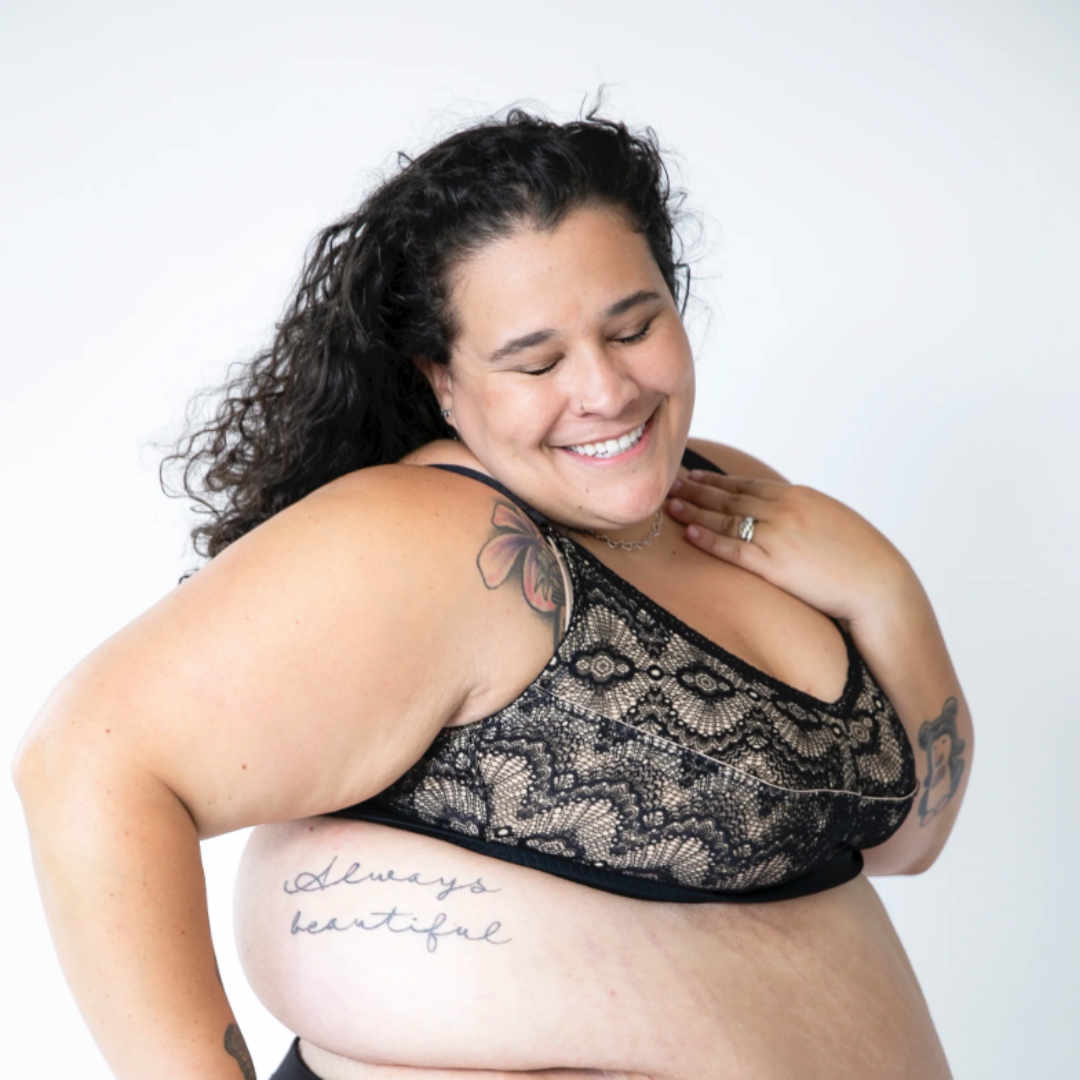
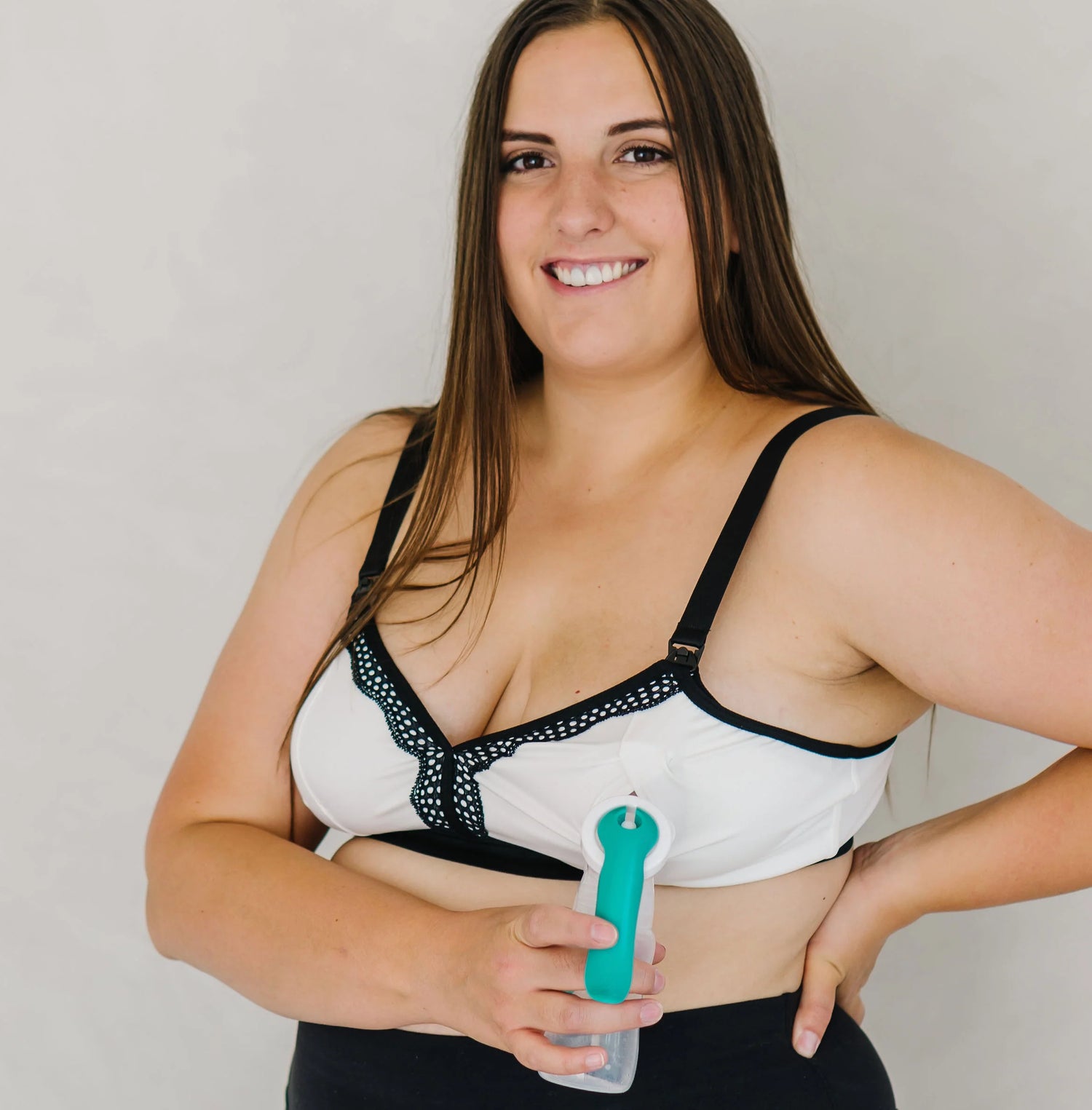
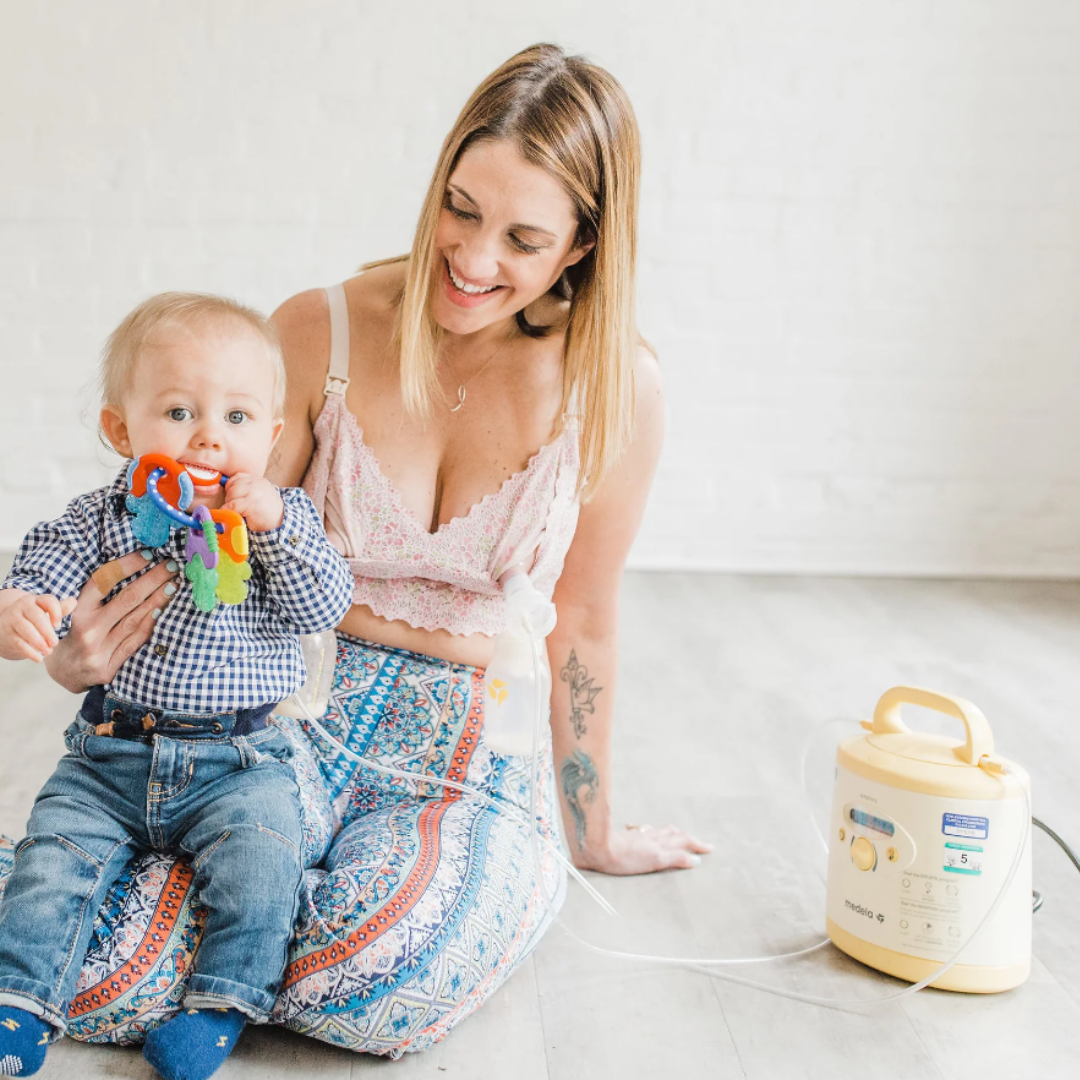

Leave a comment
All comments are moderated before being published.
This site is protected by reCAPTCHA and the Google Privacy Policy and Terms of Service apply.